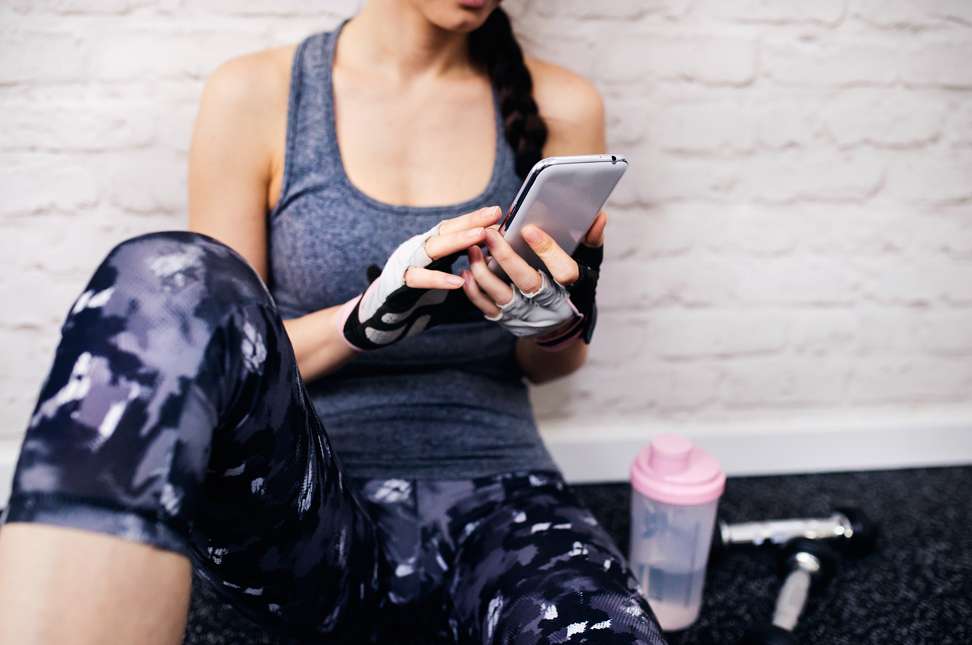Have you ever wondered how the phone in our pocket records the number of steps we take? It’s time to figure out how the built-in and installed step-counting applications work.
Any gadget can record the distance a person has traveled. The main condition is that GPS is turned on, thanks to which the device will calculate the number of kilometers you have traveled from the starting point of the route to the final point. But how do smartwatches or smartphones count our steps?
After all, doing this in just one mathematical way will be incorrect. Since the length of each person’s steps at different times of walking can vary significantly. The answer lies in special sensors called accelerometers and gyroscopes.
Power Couple
An accelerometer is an acceleration sensor. Meaning it detects the acceleration of an object in space. This sensor is built into any smartphone or tablet: to verify this, you just need to allow screen rotation. If the gadget has such a function, then the screen can accurately determine which direction it needs to turn.
In turn, the gyroscope tracks the position of an object (gadget) in space and the direction of its movement. Analyzing all the data, the algorithm identifies cycles characteristic of steps and counts them. Experts say it’s best to keep your phone near your hip while walking, rather than in your bag or hand, for example. This will give you the most accurate step count.
To count steps, both sensors are required. Since without a gyroscope, for example, a smartphone will not be able to distinguish a normal wave of a hand from running or fast walking. If the gadget contains either only an accelerometer or only a gyroscope, the calculated number of steps will be completely incorrect.
How Accurate Are Pedometers?
As we said, a lot depends on where you carry the phone. But besides this, it is worth considering other factors that affect the quality of measurement:
Terrain. The smoother the surface, the more accurate the indicators will be;
Air temperature. In extreme heat, information may be distorted;
Using the phone while walking. If the phone remains untouched in your pocket while walking, you will receive information that is closer to reality.
A study published in 2022 attempted to test the accuracy of step-counting apps on smartphones by comparing readings from a medical-grade accelerometer worn on the hip with results from a fitness tracker downloaded to a phone. Participants carried two devices with them for three weeks.
The average number of steps measured by smartphones was 8,975 per day, which was higher than that of accelerometers (8,462 per day). So when using mobile applications to count steps, you should take into account an error of 500 steps, most often with a plus sign.
Are People Fond of the Trackers?
Growth of Wearable Tech Market: Wearable technology, especially fitness trackers and smartwatches with step-tracking features, has seen significant growth over the past decade. Market research firms like Statista, IDC, and Gartner have predicted consistent growth in the shipments and use of wearable devices. Other than these apps, users enjoy games. They especially play roulette online because of the entertainment it provides. The hazardous game brings adrenaline and a sensation of euphoria.
Popular Brands
Brands like Fitbit, Garmin, Xiaomi, Apple (with its Apple Watch), and others have been leading in the wearable tech space. Their devices offer step tracking as one of the core features.
Usage
A 2019 survey by the Pew Research Center found that about one in five Americans regularly wear a smartwatch or fitness tracker. While this data is specific to the U.S., similar trends of increased usage were observed in other parts of the world, especially in developed countries.
Demographics
Historically, health and fitness enthusiasts, especially in younger age brackets (18-34), have been the primary users of fitness trackers. However, as the tech has matured, a broader demographic has started adopting these devices for health monitoring and other purposes.
Health Initiatives
Various government and private sector initiatives have promoted the use of step trackers to encourage a more active lifestyle. For example, some insurance companies have started offering discounts or benefits to those who can prove regular activity through their wearable devices.
Integration with Health Apps
The ability of wearable tech to sync with health apps and platforms has further increased its utility. Users can track their progress, set goals, and even join community challenges, making the act of counting steps more engaging.
Market Potential
As of 2022, there was still significant potential for growth in developing countries where market penetration for such devices was lower.


